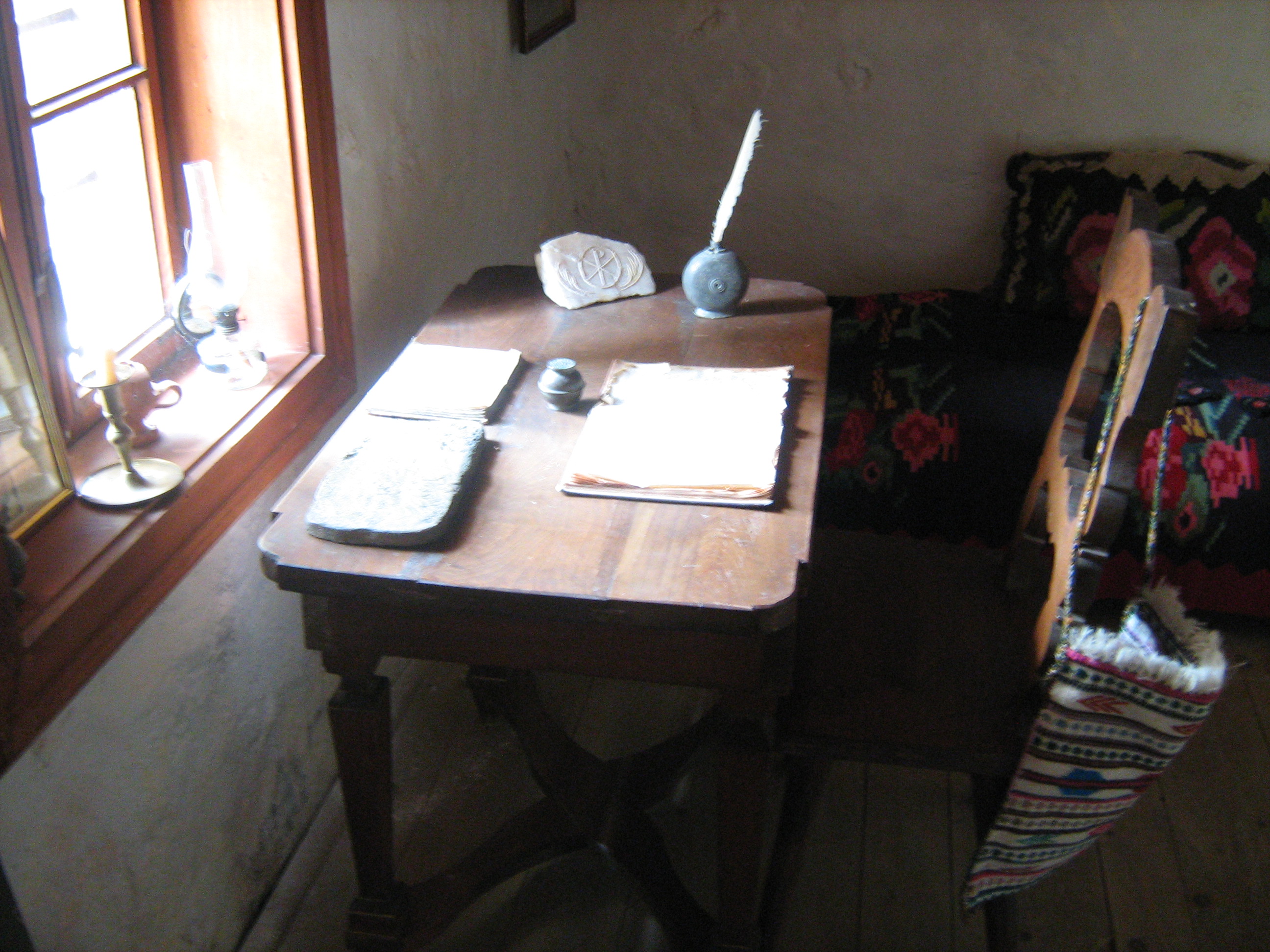The last writing exercise I posted focused on point of view. This one expands on that. So go back and either do the Point of View Exercise, or retrieve one of the scenes you may have created during that exercise. This is the starting point for the Omniscient Point of View Exercise. You should use one of the scenes that is in first person, or create an entirely new scene, still in first person, if you would prefer. You could even start with a passage written by someone else, as long as it's in first person.
Take your passage, which should already be in first person, and rewrite it so that it is now in third person limited. This won't change the passage all that much. You're not shifting much more than a few words, so this part is easy. First person has much in common with third person limited, after all.
Now convert the passage from the first person limited point of view to the omniscient point of view. This time the narration will change considerably because the narrator can see all events, even those the character has no knowledge of. The narrator also knows the thoughts of everyone in the story, which will, of necessity, alter the very nature of the scene.
Now go back to the original scene and rewrite it again. This time you will remain in first person, but you'll change the nature of the character to be someone who lies. Have the character lie effectively to the reader, and then reveal the lie.
Rewrite the scene with the lie in the third person limited. This time, because there is at least a little distance between narrator and character, the lie is not so easily revealed. In fact, it may not be revealed at all. It is here that a real difference between first person and third person limited can be discovered.
Finally, take the first person scene with the lie and rewrite it from the omniscient point of view. This time, purely because of the point of view, the lie is known from the start. The narrator, after all, knows everything. From this point of view, truly deceiving the reader is difficult, sometimes impossible. You can mislead, perhaps, but even so, you'll have to keep yourself far from the mind of the character who knows the truth of the lie. Such is the nature of the omniscient point of view.
Take a look at the variety of scenes you have produced. All are similar in that the same things are happening, but they are also quite different. It is through these scenes that you can get a real feel for the different points of view. This will help you better understand which point of view will best work for your story.
And you should always use what works best for the story you want to tell.
Step into the world of LA Quill—author, storyteller, and writing mentor. This blog explores the craft of writing through tips, inspiration, and original fantasy fiction. Follow along as LA Quill builds new worlds, shares her creative process, and guides aspiring writers on their own storytelling journeys. Updates on upcoming books, articles, and future video content all in one place.
